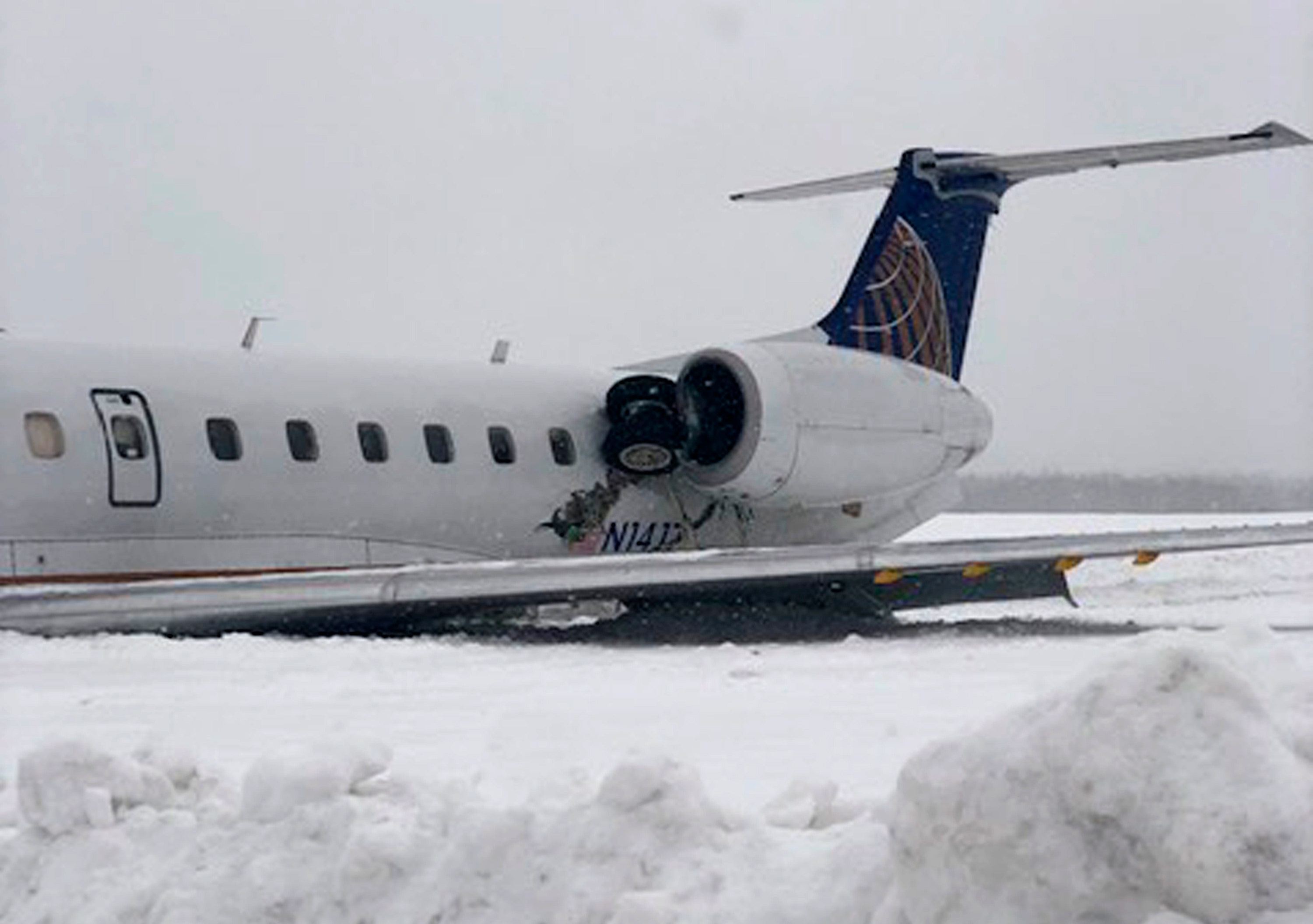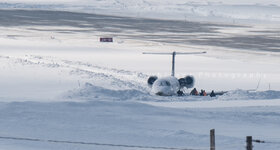GrauGeist
Generalfeldmarschall zur Luftschiff Abteilung
The last storm we had a few weeks back, dumped well over 16 feet of snow in the Sierra Mountains.In Rocky Mountain National Park in Colorado, plow operators are dealing with some of the deepest snow seen in years. Above, 23 feet of snow on Trail Ridge Road.
From Record Snowpacks Could Threaten Western States (Published 2011)
Not sure what the total accumulation is at the moment, but it's similar to that photo!


